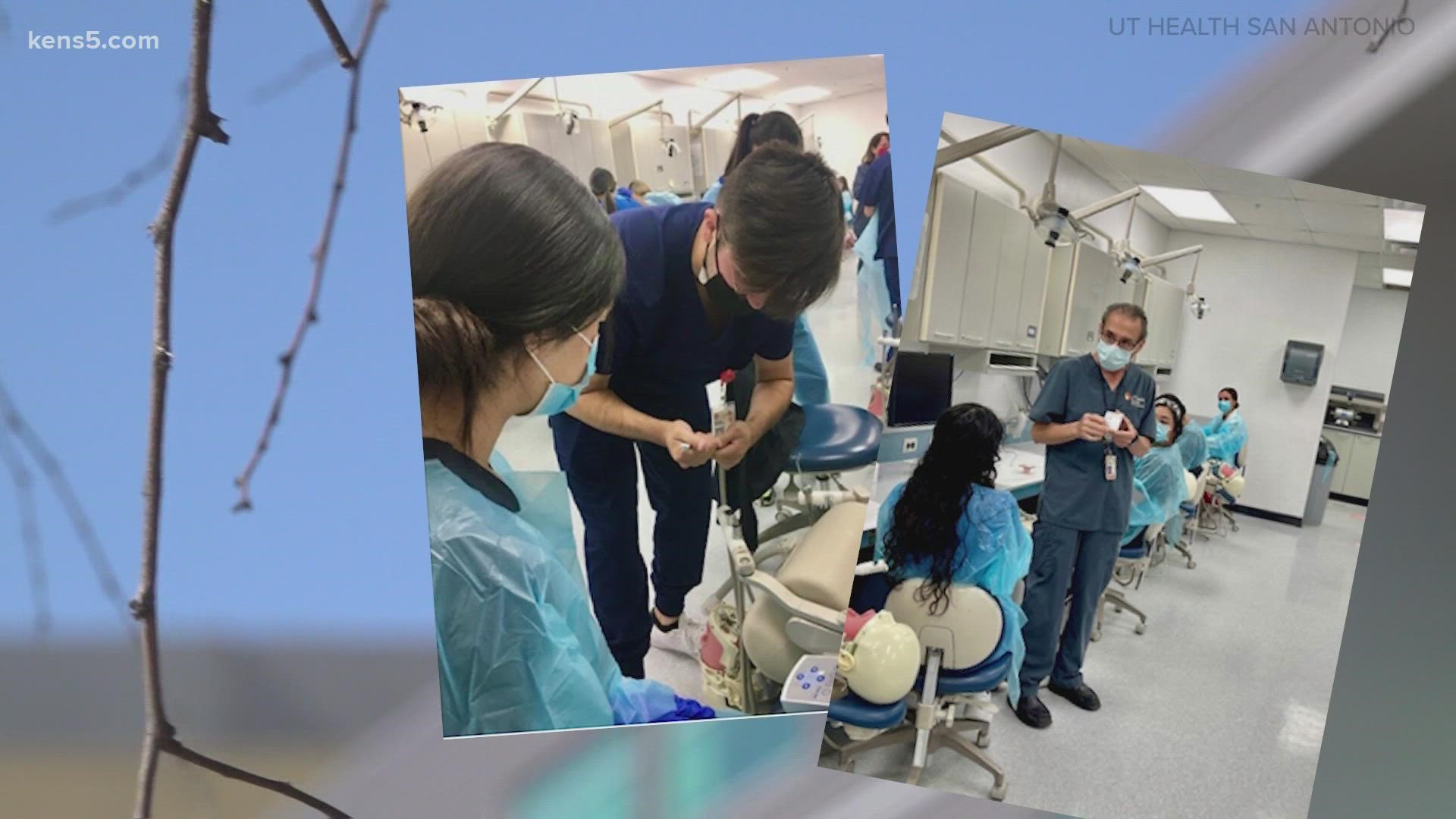SAN ANTONIO — For generations, the healthcare and dentistry profession in the United States has struggled to proportionately represent diverse communities. Data published in February 2021 from the American Dental Association, shows that the diversity among dentists in the country do not mirror the U.S. population.
Data from 2020 also suggests the racial/ethnic makeup of Texas dentists greatly differs from that of the Texas population. For example, 39.6% of the population identifies as Hispanic/Latino, yet they only make up 10.6% of professional dentists. 4% of dentists in Texas identify as Black/African American, but the population total is 11.9%.
A San Antonio program has been working to address those disparities for nearly ten years.
Dr. Juanita Lozano-Pineda, DDS, MPH, is the associate dean for external affairs at the UT Health San Antonio School of Dentistry. She is also the director of its Hispanic Center of Excellence.
Dr. Lozano-Pineda said a federal grant back in 2013 helped them improve the percentage of Hispanics/Latinos enrolled in the school of dentistry. She said they currently make up close to 30% of the enrolled students.
"We were at about 12 – 13 percent then [2013] so we’ve had a big change," said Dr. Lozano-Pineda.
The school has been recruiting students that are underrepresented in the healthcare industry, including people from Hispanic, Black, Native American, and Pacific Islander communities.
"A lot of times there are barriers that exist for those same populations," she said.
The program focuses on training and mentoring students to address some of those barriers, especially for those who are first in their families to attend college.
You can learn more about applying to the program here. The deadline to apply is March 31st.
"There is a lot of need for representation of dentists and healthcare providers that will be able to culturally and linguistically understand the population that they’re gonna be working with," she said.

